How digital technologies are changing the film industry, and is everyone happy with it?
Categories: Celebrities | Cinema | Technology
By Pictolic https://pictolic.com/article/how-digital-technologies-are-changing-the-film-industry-and-is-everyone-happy-with-it.htmlThe strike of Hollywood actors and screenwriters, which lasted more than 4 months, led to the freezing of many film and television projects. The press even started talking about the end of the golden age of American cinema. One of the main demands of the strikers, whose interests are represented by the actors' union SAG-AFTRA, is the introduction of restrictions on the use of artificial intelligence. According to industry workers, it poses a threat to creative professions.
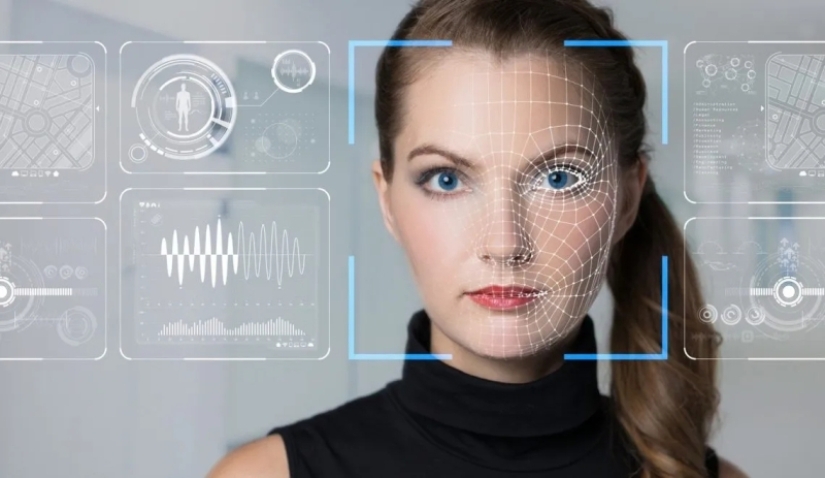
The digitalization of cinema began a long time ago, but only now has it begun to cause concern. Previously, digital technologies were used for those cases when it was impossible to do without them. They were used to create special effects, rejuvenate actors, and also if it was necessary to replace the dead.
Unfortunately, death sometimes interferes with the filming process. This was the case in 1993, when actor Brandon Lee tragically died while filming The Crow. Then we had to urgently rewrite the script. Also, in some scenes, a digital mask with the actor’s face was placed on the double’s face using computer animation.
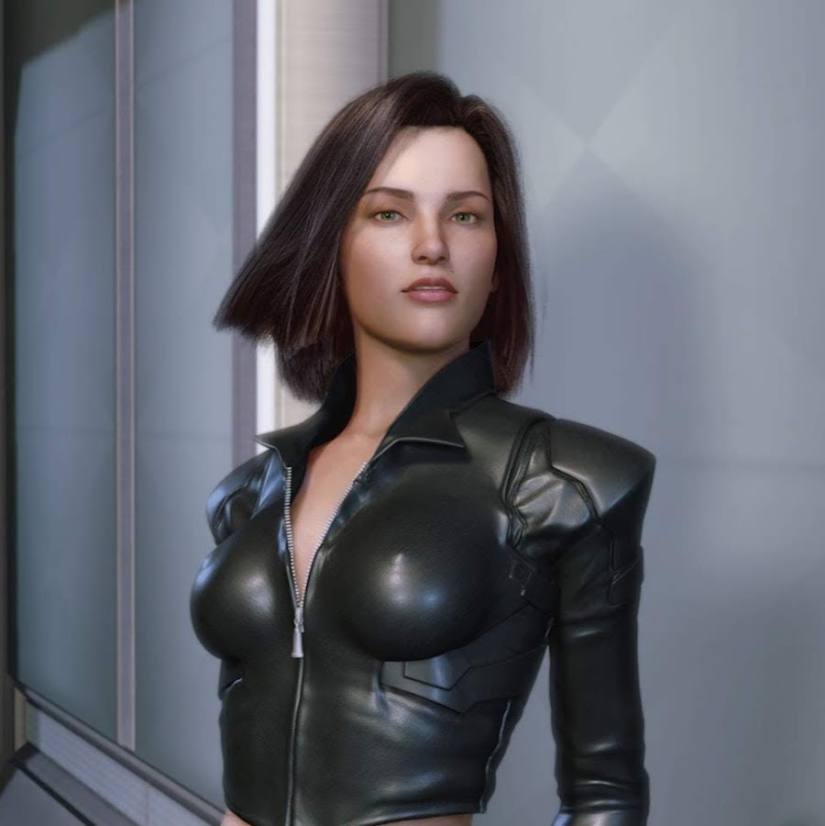
In 2001, the animated fantasy "Final Fantasy" was released, where all the characters were photorealistic depictions of people. Technologies developed and the line between virtual and real gradually blurred. The studio that made the film presented a completely virtual actress Aki Ross. It was planned to film it with live actors. Ross became so popular that she was included in the top 100 sexiest women in Maxim magazine.
It must be said that the effectiveness of using digital technologies in cinema can be very different. We all remember well the stunning image of the T-1000 robot in Terminator 2. Despite the fact that the special effects were created back in 1991, the result is still impressive today. But the “digitized” Dwayne Johnson in the sequel to “The Mummy” looked extremely stupid, although it was 2001 and technology had stepped far forward.
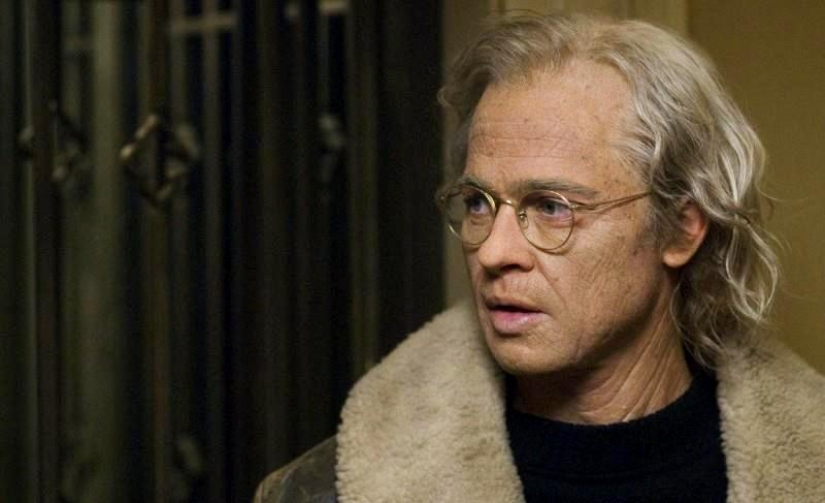
In 2008, a wonderful film with Brad Pitt, “The Curious Case of Benjamin Button,” was released. Thanks to CGI technology, we could see the amazing transformation of the main character from a wizened old man to a rosy-cheeked baby. The process sometimes looked creepy, but realistic and the audience was satisfied.
In 2014, the high-tech website Mashable published an article that lifted the curtain on Hollywood's digital kitchen. The authors described video processing processes that had been in use in the United States for more than 10 years at that time. We are talking about the so-called “digital work on beauty.” A small team of highly paid specialists, using exclusive software, improved the bodies and faces of actors.
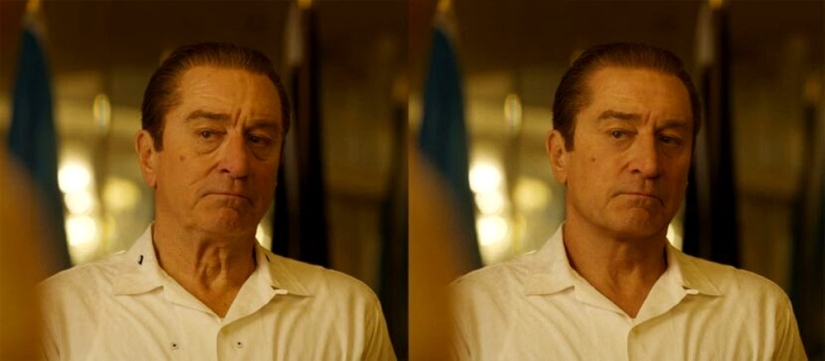
Digital beauty is an organic combination of professional makeup, plastic surgery, as well as dental and dermatological procedures. This treatment is carried out at the post-production stage and experts change each problematic pore of the skin. Specialists can easily turn a 30-year-old actress into a 17-year-old heroine.
Klaus Hansen, a specialist at Method Studios, which deals with such retouching, revealed the main Hollywood secret in one of his interviews:
Another specialist, who wished to remain anonymous, even stated that we will soon be faced with a full-fledged “Dorian Gray syndrome.” “Digital make-up” will become so deep that we will not recognize actors on the street or in the studio. Yes, viewers will be disappointed when comparing the original with the hero on the screen. But this is not the worst thing.
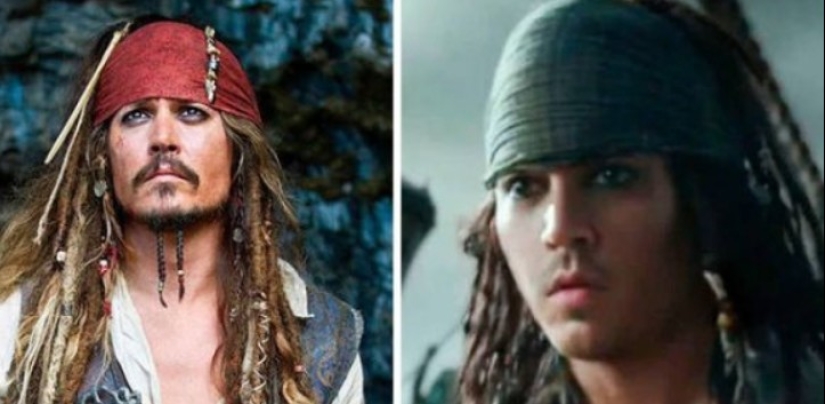
The rampant use of CGI gradually began to affect the artistic level of films. The viewer increasingly feels the unnaturalness of what is happening on the screen. Many are already nostalgic for the era of pre-digital cinema, when everything was decided by acting and the art of make-up artists and set designers. No matter how advanced modern technologies are, they cannot yet provide full realism of what is happening in the frame.
In the fifth season of Game of Thrones, actress Lena Headey, who played Queen Cersei Lannister, “lent” her head to a stunt double in one of the explicit scenes. Headey was expecting a child at that time and could not pose nude. The result was far from ideal, and the audience was not happy with such a change.
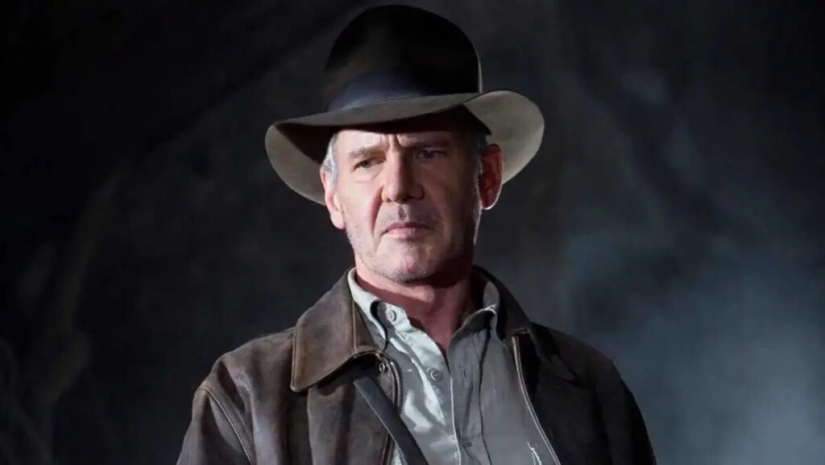
It turned out very funny in the last part of the Indiana Jones franchise. There, the “rejuvenated” hero of Harrison Ford speaks in the voice of the 81-year-old actor. It was no better in the movie Avatar: The Way of Water. There, 73-year-old Sigourney Weaver played a 14-year-old girl from the Navi tribe. The actress even underwent special training to teach her how to change her voice, but viewers still noted that the child spoke somehow strangely.
There is more and more talk that it’s time to digitize the voices of actors. But what then will remain of their game? Characters drawn by artificial intelligence, speaking in fake voices, will act in a drawn computer world, among the same fake extras. Definitely, cinema is losing exactly what has always attracted the viewer to it - maximum naturalness, involving in the cycle of plot collisions.
Recent articles

American Alex Greenberg, who moved to China, collects funny and brain-bearing examples of Chinese fashion in his Shanghai Observed ...

New Year is a holiday of magic and fulfillment of wishes. Naturally, I want this holiday to be remembered for a long time and to be ...

In a recent issue of sexual harassment on everyone's lips. Inappropriate and Intrusive signs of attention began to see around, even ...